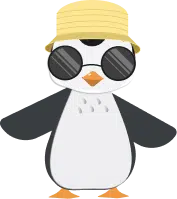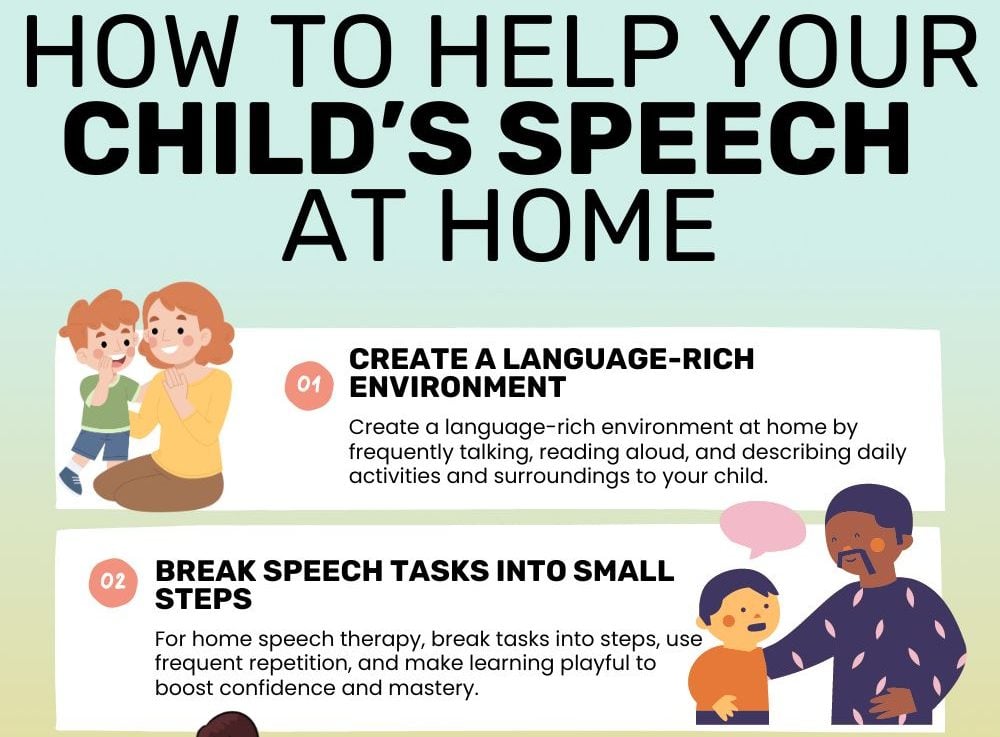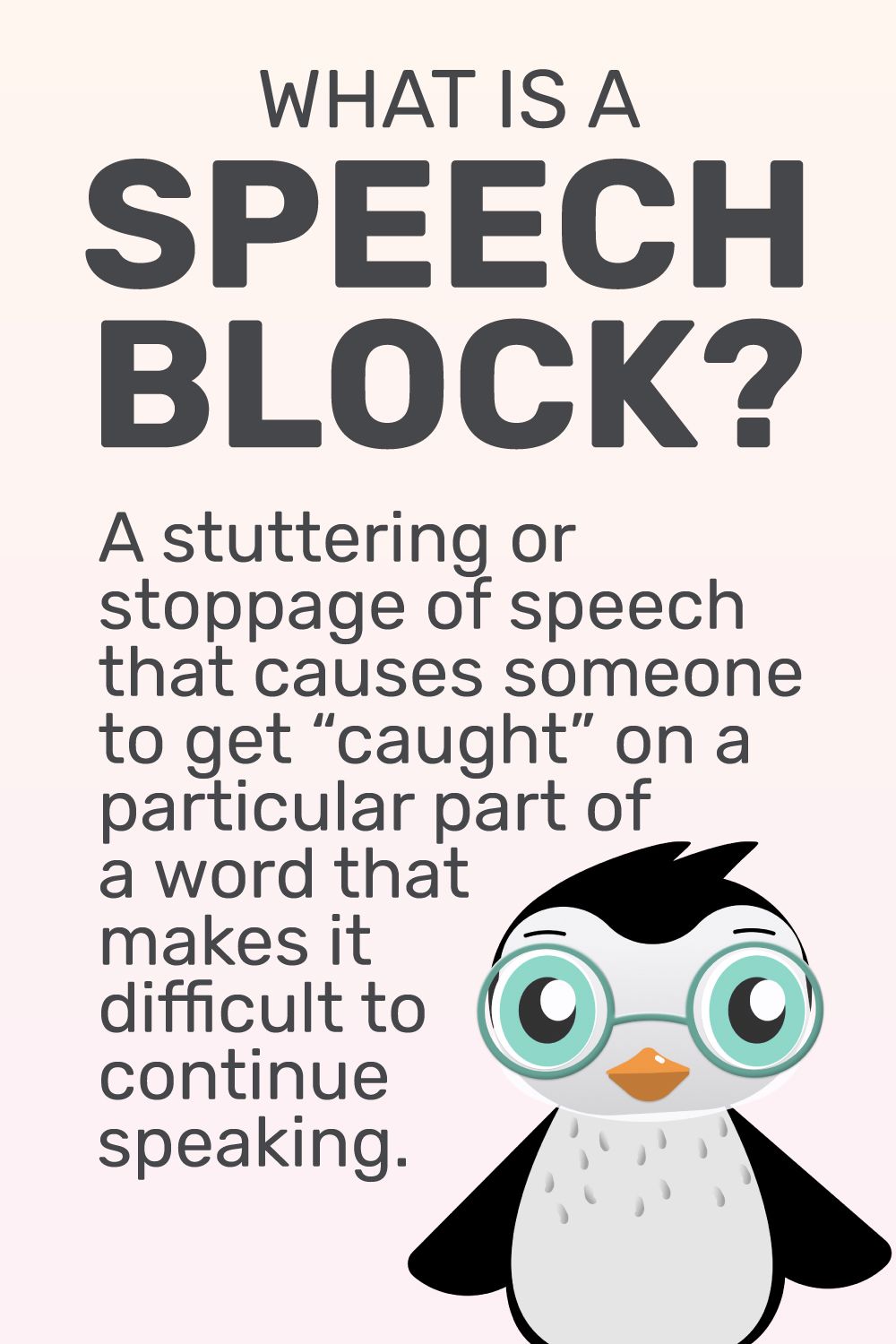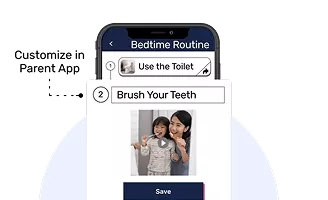Idiosyncratic language is a unique way individuals or groups express creativity and identity through unconventional words or phrases. Here’s what you need to know:
| Express Yourself: |
Use idiosyncratic language to showcase your creativity and unique perspective in your everyday communication. |
| Group Bonding: |
Within communities or subcultures, idiosyncratic language strengthens group ties and sets members apart. |
| Exclusive Humor: |
Enjoy inside jokes, memes, or references that create a sense of camaraderie and exclusivity. |
| Word Evolution: |
Adapt existing words or create new ones to describe specific experiences or concepts in your own language. |
| Playful Atmosphere: |
Infuse playfulness and humor into your conversations using wordplay, puns, or irony with idiosyncratic language. |
Discover how idiosyncratic language can add vibrancy to your communication, fostering personal expression, group cohesion, and a playful atmosphere.
This post was originally published on Feb. 9, 2023. It was updated on Nov. 18, 2023.











